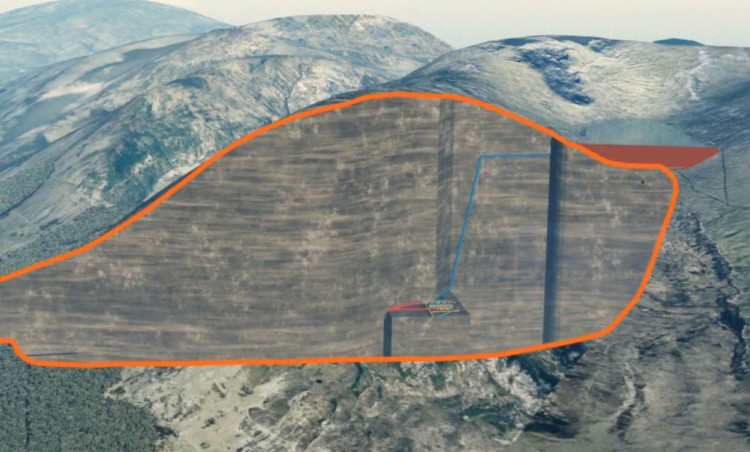Energy Minister Fergus Ewing has approved Scotland’s largest new hydro electric scheme in a generation, but construction work on the £800 million project could be years away.
SSE welcomed consents for the proposed 600MW Coire Glas scheme at Loch Lochy in the Great Glen, but the Perth-based utility said a final investment decision on the project would not happen until 2015 at the earliest.
Pumped storage hydro electric does not currently qualify for Government subsidy through either ROC (renewable obligations certificates) or its successor contracts for difference schemes.
SSE said it could not give the go-ahead to the Coire Glas scheme until it had certainty over its long-term return on investment.
It said that financial sign-off on the project would first require a number of major obstacles to be overcome including changes in the existing transmission charging regime for pumped storage and a satisfactory and supportive long-term public policy and regulatory framework.
“The combination of the size, flexibility and short response time means that Coire Glas could provide a range of benefits across the whole GB electricity system in a way that no other proven technology can. Millions of households and businesses could benefit from this project,” SSE Renewables managing director Jim Smith said.
“The consent for Coire Glas is therefore very positive, but before SSE can make a decision to invest in the project there are some major hurdles to overcome.
“SSE is now keen to engage further with both the UK and Scottish governments, as well as other relevant organisations, to develop an appropriate solution to the commercial challenges that could enable what would be an important asset for the UK energy system to progress.”
If constructed, the Coire Glas development would create the UK’s biggest dam and a reservoir 500m above the shores of Loch Lochy.
During periods of low power demand, water would be pumped up from the floor of the glen to the corrie reservoir where it would be stored ready to be unleashed during peak periods.
The force of the water passing through an underground turbine house could then generate up to 30GWh of power over a 50-hour period.
The scheme, already cleared by planners in the Highlands, would be the biggest new-build pumped storage hydro scheme since Cruachan Dam was built in the early 1960s.
At current prices the cost of the Coire Glas build has been estimated at £800m and the build would sustain up to 400 jobs during peak construction periods.
Mr Ewing said the scheme would bring significant extra security to the UK’s overall energy supply and would be a major boost towards hitting Scotland’s ambitious medium-term renewable energy targets.
He said: “With a huge 600MW generating capacity, this scheme will be by far the most powerful of its kind in Scotland.
“Whilst generating, it will have the potential to provide up to 10% of Scotland’s estimated peak electricity demand.
“Energy storage has a key role to play as part of a balanced electricity mix in supporting security of supply requirements.
“Pumped storage stations can provide a valuable responsive supply to maintain the stability of the grid and help integrate renewable generating technologies.
“With warnings that Great Britain capacity margins will be tight over the coming decade, this station can provide a valuable contribution to security of supply. It is unique in the UK in comparison to other existing pumped storage schemes in its ability to release energy to the electricity grid for extended periods, offering an estimated 50 hours of continuous operation.
“A development like this offers a fantastic boost to the ambitions of the Scottish Government to increase the proportion of electricity generated using renewable resources because it helps deal with the variability of renewables.
“When the wind blows, excess energy can be used to pump water up into the vast store, and when the wind yield is low the station can be brought on line to provide the electricity needed.”
